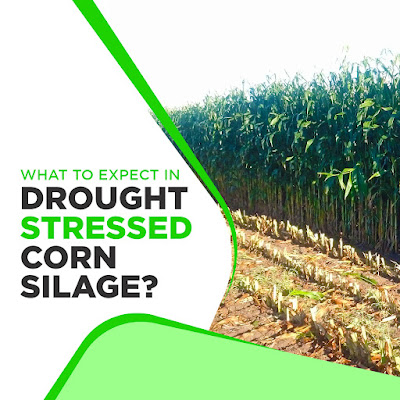What To Expect In Drought Stressed Corn Silage?

This year's growing season has been quite different in many parts of the country. During the drought season, crops we produce for cattle feed experienced mild to heavy drought stress in many areas. In this post, we will gawk at strangers. At Silage Agro, the best manufacturers of Silage Rajasthan , mean look at the challenges you need to expect with drought-stressed corn silage and what you should look out for. What is drought? A simple definition of drought is a prolonged period without any rain. Your crops can get varying degrees of drought stress, and its severity can cause a dramatic commotion during dry and hot weather in a short time. Some risks you should know about in drought-stressed corn silage Silage Agro believes that keeping these risks in mind and learning how to tackle such threats can save you costs and time. If all this confuses you, contact us to get an early supply of NutriMeal Silage for such conditions. Nitrates: If you have harvested any crop d

